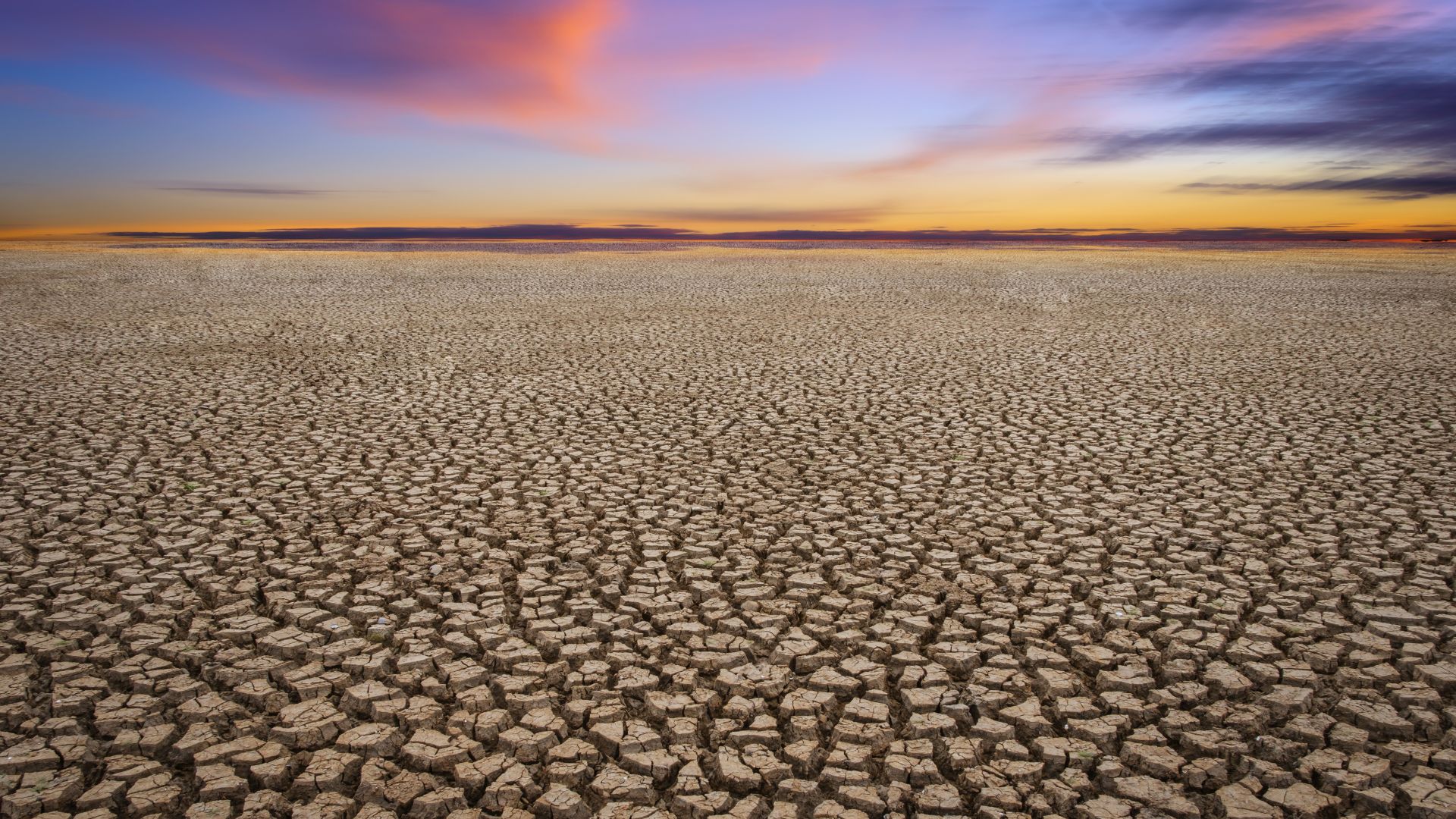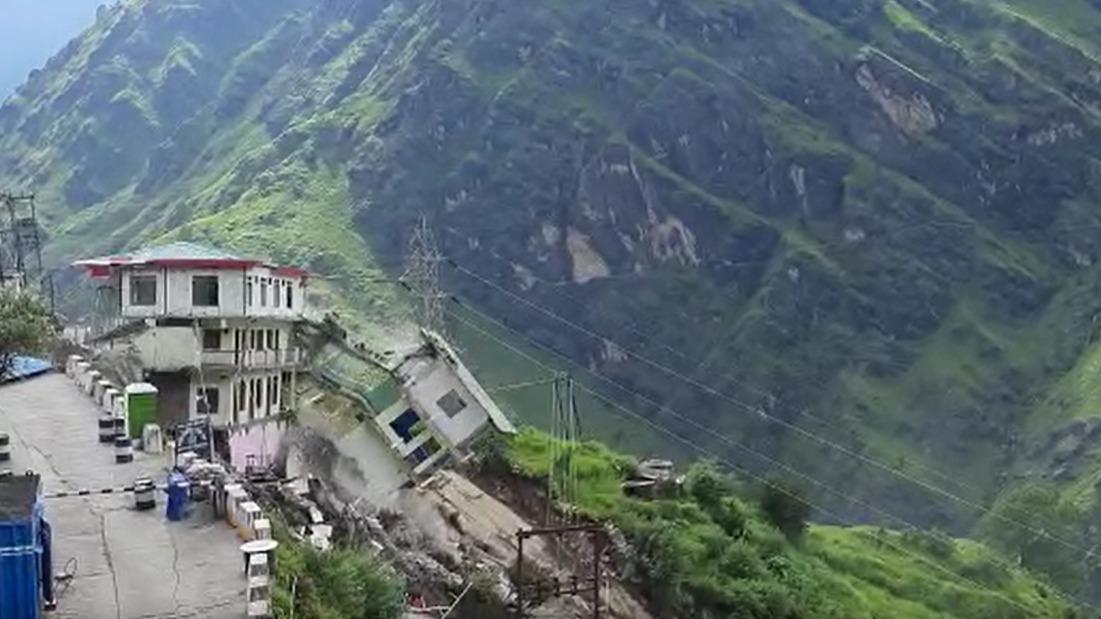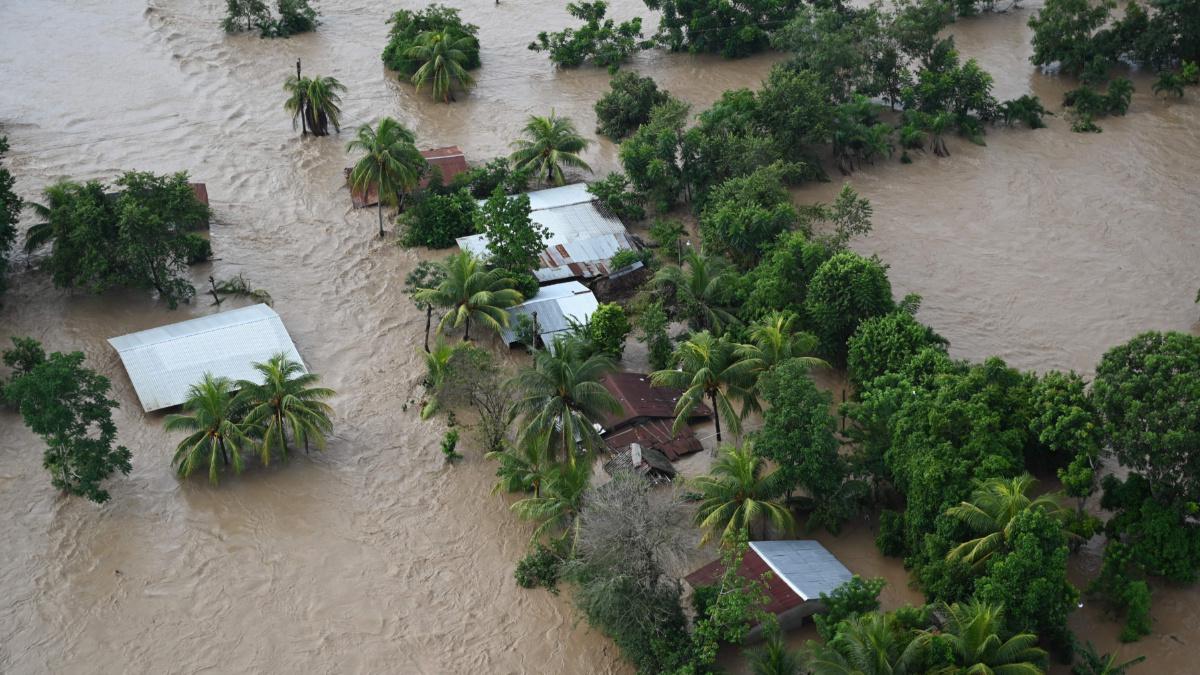Monsoon Madness: How climate change is normalising extreme events
Between 1970 and 2004, three extreme flood events occurred per year on average in India, but after 2005, the yearly average rose to 11.
By Editorial Team / Jul 11, 2023
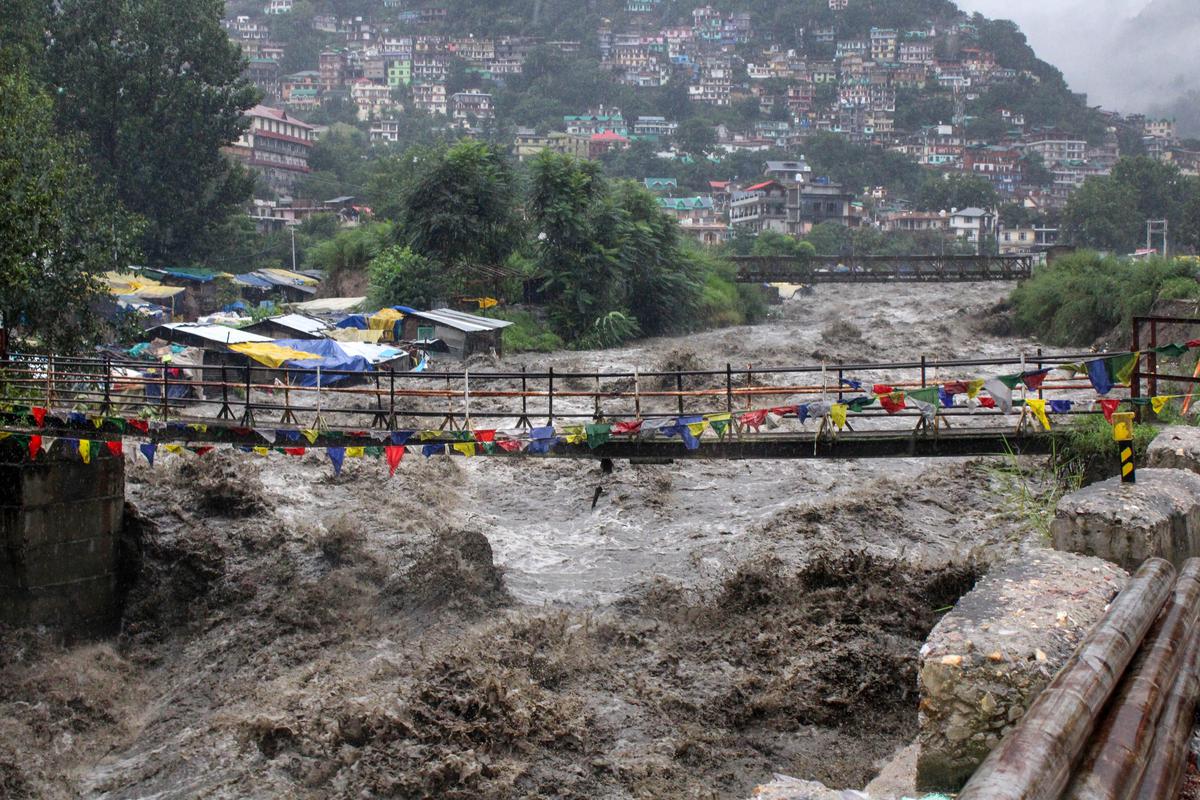
Image Courtesy: The Hindu
Rise in both land and sea temperatures has increased the capacity of the air to hold moisture for a longer time. Between 1970 and 2004, three extreme flood events occurred per year on average in India, but after 2005, the yearly average rose to 11.
Adding to the list of extreme weather events this year, extreme rainfall over Northwest India is flooding the news these days. Incessant rains have triggered flash floods and landslides across Himachal Pradesh and have claimed the lives of at least 34 people. Delhi has recorded the highest rains in the past 40 years, and an orange alert has been issued to evacuate as Yamuna crossed the warning mark.
Meteorologists as well as climate scientists have been blaming increasing levels of global warming for a steep increase in extreme weather events. “The ongoing spell of extremely heavy rains is due to the alignment of three weather systems. These are western disturbance over western Himalayas, cyclonic circulation over northwestern plains, and axis of monsoon trough running across Indo-Gangetic plains. This alignment is not happening for the first time and is the usual pattern during the monsoon. However, global warming-led changes in monsoon patterns have made a difference. There has been a constant rise in both land and sea temperatures, which has increased the capacity of the air to hold moisture for a longer time. Thus, the role of climate change in the increasing extreme weather events in India has been strengthening with each passing year,” said Mahesh Palawat, vice-president, meteorology and climate change, Skymet Weather.
Several reports and researches have already established the impact of climate change on Indian monsoon patterns. However, it has also been tampering with atmospheric as well oceanic phenomena, which has further multiplied the implications of global warming.
“There have been extreme weather events earlier as well, but 2023 has been a unique year. Global warming is making a significant contribution but there are some other factors as well. Firstly, el nino has taken shape, which is amplifying global temperatures. Secondly, wildfires have been in three times larger areas, releasing three times of carbon into the atmosphere, and increasing greenhouse gases. Thirdly, the North Atlantic ocean is in a warmer phase. Fourth, the Arabian Sea has warmed unexceptionally since January, infusing more moisture over north-northwest India. And lastly, the upper-level circulation pattern is also unusual, which forces local surface circulations, bringing rains like the one we are witnessing across north and central India,” said Raghu Murtugudde, earth system scientist and visiting professor at IIT-Bombay.
According to the Ministry of Earth Sciences report, ‘Assessment of Climate Change over the Indian Region’, overall monsoonal rainfall is projected to become more intense in future, and to affect larger areas mainly due to the increase in atmospheric moisture content with temperature. The frequency of localised heavy rain occurrences has significantly increased over central India, which is partly attributed to changes in the availability of moisture due to greenhouse gas-based warming, aerosols, stability of the atmosphere and increasing urbanisation, the report added. Global as well as regional models project an increase in seasonal mean rainfall over India while also projecting a weakening monsoon circulation.
Changing trends
Since the middle of the twentieth century, India has witnessed a rise in average temperature; a decrease in monsoon precipitation; a rise in extreme temperature and rainfall events, droughts, and sea levels; and an increase in the intensity of severe cyclones, alongside other changes in the monsoon system. There is compelling scientific evidence that human activities have influenced these changes in regional climate.
“We all know that both global surface and ocean temperatures have been increasing, resulting in more evaporation. This has aggravated the rain manifold. Indo-Gangetic plains have been receiving lots of moisture from the Bay of Bengal as well as from the Arabian Sea. This continuous supply of moisture fed to the weather systems leads to increased rains, which also results in extreme weather events,” said Krishnan Raghavan, scientist-G, director, Indian Institute of Tropical Meteorology (IITM).
Dr Raghavan then stressed on the need of research on other global factors that impact circulations affecting Indian weather. “There is a possibility of another factor known as Arctic amplification. Polar regions have been heating at an alarming rate, leading to glacial ice melt. Due to this, mid-latitude circulation patterns have been affecting atmospheric circulation patterns in mid-latitude and the tropics. We need to have more research on this but its contribution cannot be ruled out on changing weather patterns in India.”
Compounded impacts
The IPCC Report, ‘Weather and Climate Extreme Events in a Changing Climate’ had already warned that summer and monsoon precipitation will also increase and become more frequent, with the Indian subcontinent witnessing a 20% surge in extreme rainfall events. The projections suggest that rainfall will become incessant and erratic leading to floods, depressions will intensify into deep depressions, and cyclonic events will become more frequent across eastern and western coasts. Further, if global warming increases, some compound extreme events, with a low likelihood of occurrence in past and current climate, will become more frequent. There will also be a higher likelihood that events with increased intensities, durations and/or spatial extents, unprecedented in the observational record, will occur (high confidence).
The warming in the western Indian Ocean is associated with increases in moisture surges on the low-level monsoon westerlies towards the Indian subcontinent, which may lead to an increase in the occurrence of precipitation extremes over central India. There is a significant increase in heavy rainfall (>100 mm day– 1) and a significant decrease in moderate rainfall (5–100 mm day–1) in central India during the South Asian monsoon season. Increases in flood frequency or magnitude are identified for south-eastern and northern Asia and India.
Increase in extreme events over the years
As per the analysis by CEEW ‘Preparing India for Extreme Climate Events 2020’, the Indian subcontinent has witnessed more than 478 extreme events since 1970 and an acceleration in their frequency after 2005. In the period 1970–2005, there were 250 extreme events; the post-2005 period witnessed 310 extreme and associated events (which include slow onset events like heat waves and cold waves). The evidence generated from the analysis coincides with the weakening of monsoons due to rising micro-temperatures.
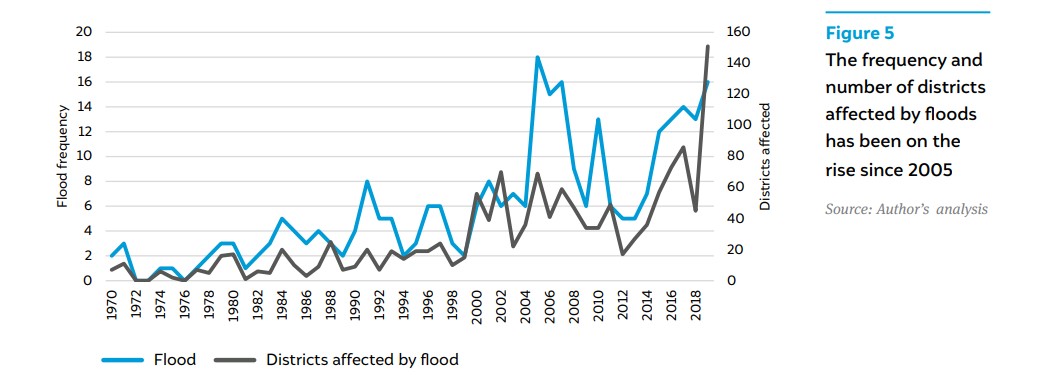
Many districts in India are witnessing abrupt trends and patterns. It is not just the frequency of climate events, but the intensity of the associated events that have increased exponentially. These sudden shifts in climate have compound and devastating impacts. Though the scale of climate actions has increased at the regional, national, and subnational levels, at the same time, the impacts of climate change are compounding rapidly. Climate change presents various unprecedented challenges to both human-made and natural ecosystems, including economic and other anthropocentric activities.

The pentad decadal analysis shows that there has been an abrupt surge in the number of extreme flood events since 2005. It is notable that between 1970 and 2004, three extreme flood events occurred per year on average, but after 2005, the yearly average rose to 11. Similarly, the yearly average for districts affected until 2005 was 19, but after 2005, it jumped to 55. The year-wise analysis shows how changes in microclimate processes have altered the frequency and pattern of extreme flood events. Studies have suggested that glacial melts have compounding effects ranging from sea-level rise to many more phenomena, like heavy rainfall and cloud bursts, which have increased in recent decades.The impacts of changing climate are not limited to a country but are being felt globally. For instance, flash floods in parts of Spain and extreme heatwaves rolling across Europe are just more examples in a long line of extreme weather events unfolding across the globe due to climate change, predicted to increase in intensity and frequency as we go on.
Global WarmingClimate ChangeGlobal Warming Extreme weather in IndiaMonsoon 2023Floods in India